Manchester United find themselves in yet another uncomfortable moment as Rasmus Højlund, once a costly signing at Old Trafford, begins to resemble Erling Haaland—not in name only, but in immediate impact. After being loaned to Napoli (with an obligation to buy if certain conditions are met), Højlund opened his Napoli account in spectacular fashion, scoring within 14 minutes of his debut in a 3‑1 win against Fiorentina.
This has prompted a wave of criticism, introspection, and embarrassment among United’s fanbase and pundits. Because the comparison isn’t just about goalscoring—it’s about what this says about United’s recruitment, management, and perhaps even the style of play under Ruben Amorim.
—
Højlund’s Move & Instant Return
To recap the facts: Højlund was signed by Manchester United from Atalanta in the summer of 2023 for a hefty fee (around £70‑72 million) with expectations that he would be the long‑term striker United needed.
However, over the next two years, he struggled to live up to the billing:
In 62 Premier League appearances, he scored 14 goals.
Last season, his Premier League returns were especially underwhelming—four goals in 32 appearances as the club tried various attacking approaches.
By summer 2025, United had signed other attacking options (Benjamin Šeško, Matheus Cunha, Bryan Bëumo), which suggested that Højlund was no longer central to Amorim’s plans.
The loan to Napoli includes an obligation to buy, reportedly for around €44 million (≈£38 million), contingent on Napoli qualifying for the Champions League.
Then came the debut: Napoli beat Fiorentina 3‑1 away, and Højlund scored in the 14th minute with a calm, composed finish past David de Gea, assisted by Spinazzola.
—
Why the Haaland Comparison
The comparison to Erling Haaland is dramatic—but for many, it’s hardly far‑fetched in this context:
Immediate scoring impact: Haaland has built his reputation on delivering goals as soon as he is on the field, often dominating from the first minutes. Højlund’s 14‑minute goal for Napoli mirrors that kind of instant effect.
Physical presence & strength: Both are tall, athletic forwards who can lead the line, finish in the box, make runs in behind, and hold up play. Højlund’s movement and aggression were noted by Italian media in his debut: making runs, pressing, showing resourcefulness—attributes often associated with Haaland.
Relief from pressure elsewhere: Haaland has often benefited from strong supporting systems (Manchester City’s build, supply, tactical clarity). Højlund, now in a club that gives him a clear role, seems to be thriving under similar conditions—just as Haaland might have when he moved or got the right environment. Italian media are already noting that Napoli under Antonio Conte understand or are using him better.
Contrast with his United spell: At United, Højlund was often criticized for lack of composure, for adapting to Premier League demands, and perhaps for not being given enough service, or the right type of service. United fans are pointing out that his goal for Napoli shows what he can do when utilized properly.
—
United Embarrassed: What This Means
This situation is embarrassing for Manchester United for multiple reasons:
1. Financial loss: United bought him for ~£70–72 million but may now be selling/loaning him for less than the purchase fee (the obligatory buy clause is significantly lower). That represents a loss—both in monetary terms and in perceived value of the investment.
2. Recruitment strategy questioned: How did United get it so wrong? Either in scouting, integration, or coaching, there is a failure somewhere. Fans and pundits see that United are once again being outdone by other clubs that knew how to use a young striker properly.
3. Tactical & managerial critique: Under Amorim, the squad saw big signings, changes, and yet a player like Højlund—signed for big money—was allowed to stagnate, not used enough or appropriately. The blame is being directed at the club structure: Do they have too much pressure for instant returns? Is there patience for young players?
4. Public perception: When a high‑profile signing moves on loan and immediately scores, fans see it as vindication of their doubts. The narrative becomes that United are a difficult place to shine, or that their style or management doesn’t favor certain players—especially strikers who need service and confidence.
5. Messy comparisons: The Haaland tagging is part of that narrative. Every time Højlund does something good, people point out “Haaland did X in Y minutes” as though United should have expected the same. Those comparisons magnify the embarrassment because Haaland is often held up as elite, and so to be seen doing well once outside United draws sharp contrast.
—
“Becoming Napoli’s Haaland”: Accurate or Hyperbole?
While the comparison makes headlines, some things need caution:
One goal in one match—though impressive—is a small sample size. Haaland’s record was built over many games, especially in top class leagues and Champions League matches.
The surrounding support, team tactics, and match‑context matter a lot. Napoli under Conte is offering a different structure, possibly better supply, different pressures, and perhaps a more suitable role for Højlund.
United’s system and expectations are unique. Pressure, scrutiny, physicality, adaptation to Premier League demand can affect strikers. Some strikers thrive in different leagues but find it harder in England.
Still, in optics and early momentum, Højlund’s debut at Napoli was strong enough to trigger comparisons—and these comparisons almost always favor the “what if” narrative for fans.
—
Reactions: Fans, Media, Conte, United
Fans: Many Manchester United fans have reacted with frustration and resignation. Comments include things like “maybe the problem was Manchester United,” or “he wasn’t the issue; the system or environment was.” The sense is that Højlund’s success elsewhere highlights what may have been United’s internal shortcomings.
Italian media: They have been positive. Some reports call him the “star of the transfer window,” pointing out his speed, aggression, resourcefulness in the outline of Napoli’s opening fixtures.
Antonio Conte: After the win over Fiorentina, Conte joked that Napoli were following the blueprint United had failed to exploit—referring to McTominay’s success at Napoli after leaving United as example. He praised Højlund’s qualities and potential.
United insiders / pundits: Some express that United risks repeating the same mistakes with other young signings, especially with Sesko, who has been brought in as Højlund’s replacement. Critics are warning that unless United find a better way to integrate and support such players, more “what if” stories will follow.
—
What This Means Going Forward
1. Højlund at Napoli: If he continues in this form—scoring, playing well, contributing to Napoli’s success—it could become a major success story: the kind of redemption many thought was possible but were skeptical about. It will increase Napoli’s confidence and perhaps force United to eat some pride.
2. United’s strategy review: They need to look at how they treat expensive young signings. Possibly examine the framework of service to strikers, tactical fit, pressure, patience, mental support and how quickly they demand results.
3. Impact on new signings: Benjamin Šeško and others are under radar now. If Højlund is doing well, comparisons will quickly arise. United will need to make sure their new forwards are supported enough to avoid being labeled “failures” prematurely.
4. Fan morale & credibility: Fans need evidence that the club is learning. If United react positively—say by restructuring ways of integrating forwards, or acknowledging missteps—this could ease tension. But if United remain defensive and repeat patterns, the narrative damage will deepen.
—
Final Thoughts
Rasmus Højlund’s debut goal for Napoli doesn’t automatically turn him into a Haaland clone—no single game can do that. But in many ways, it’s a sharp reminder: when placed in the right environment, with the right support, Højlund shows he has traits that many saw when he was signed: power, movement, finishing ability.
For United, though, this moment stings. It’s not merely about losing a player’s potential, but about failing to unlock it. The contrast between what Højlund was at Old Trafford—and what he immediately was capable of doing—highlights strategic miscalculations. If he becomes a consistent goal scorer for Napoli, the “Napoli’s Haaland” tag might stick, and United will have to live with the embarrassment.
In the end, football is full of narratives. There are winners, there are opportunities missed, and there are lessons learned. For Manchester United, this is one of those moments when the lessons could be costly—but ignoring them may be costlier still.
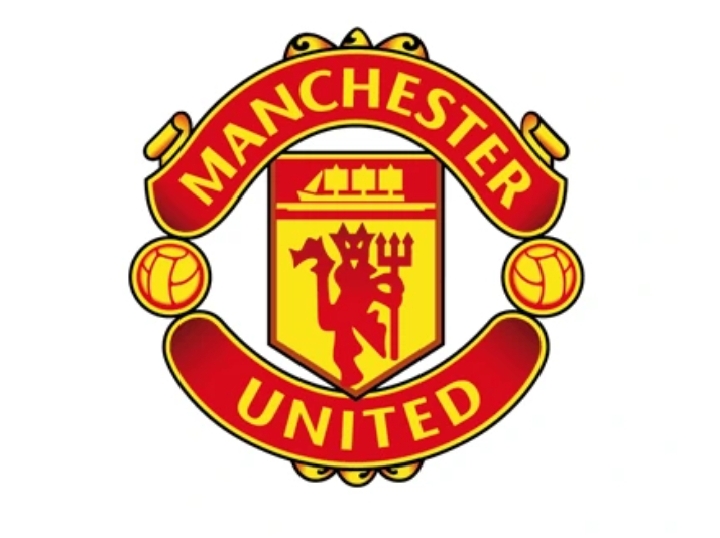

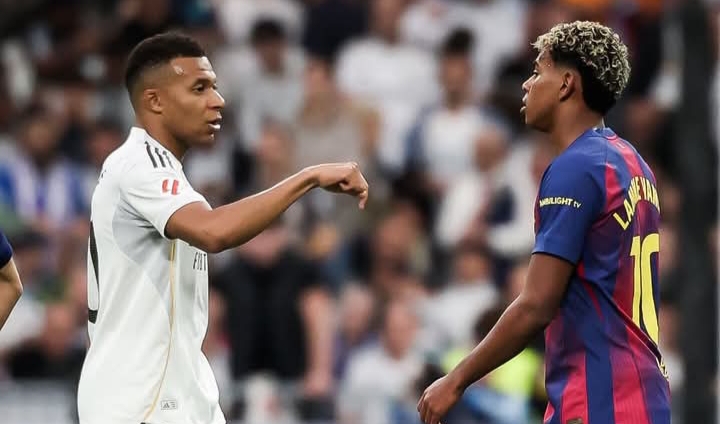
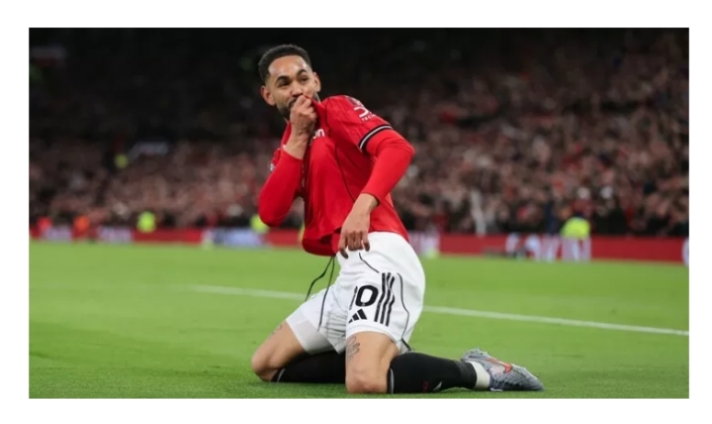
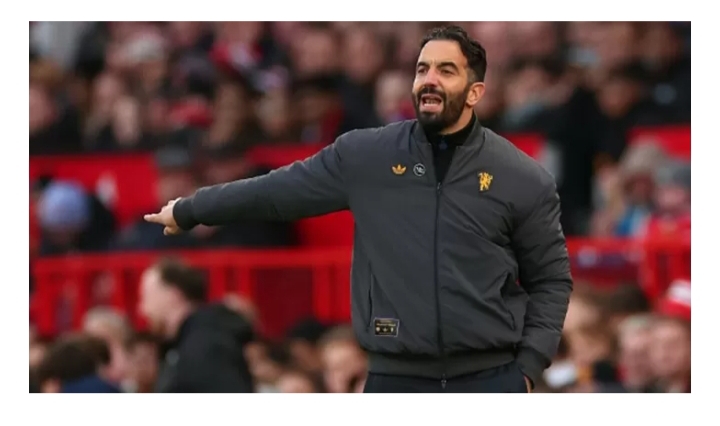
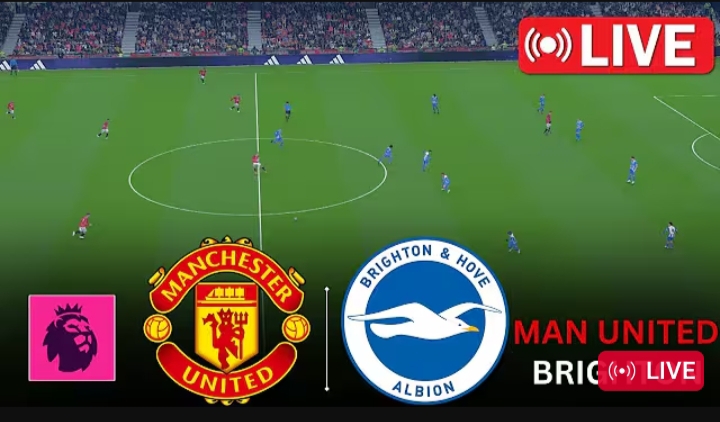
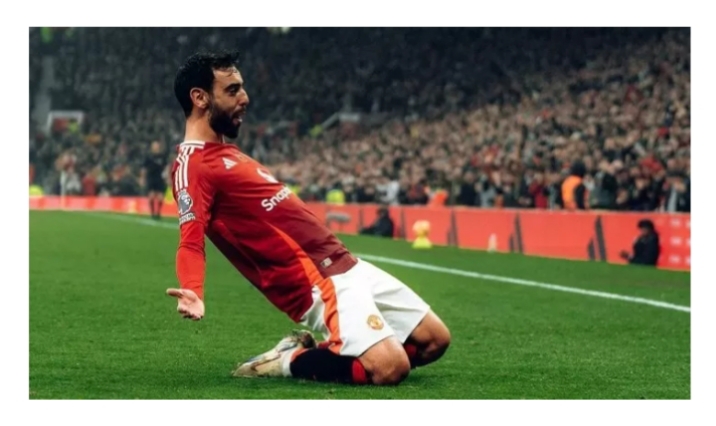
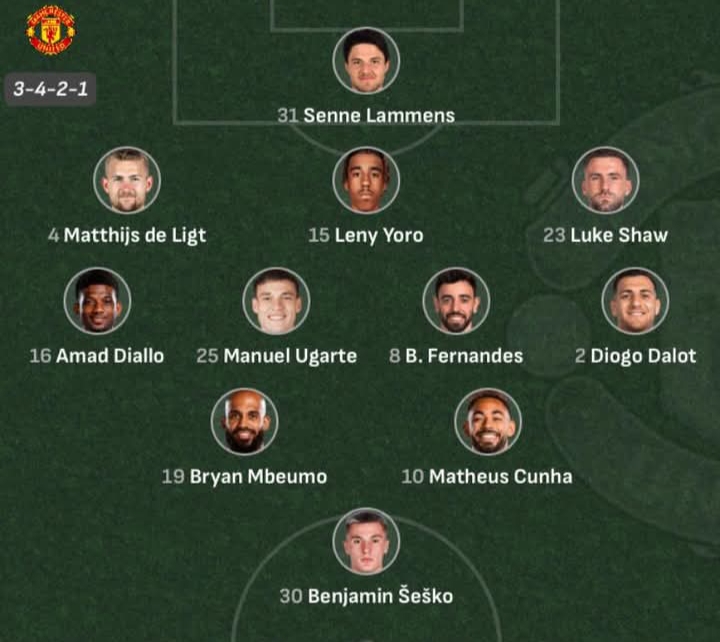
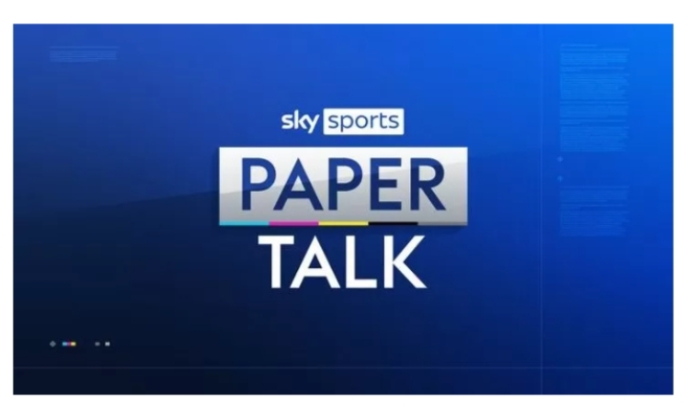
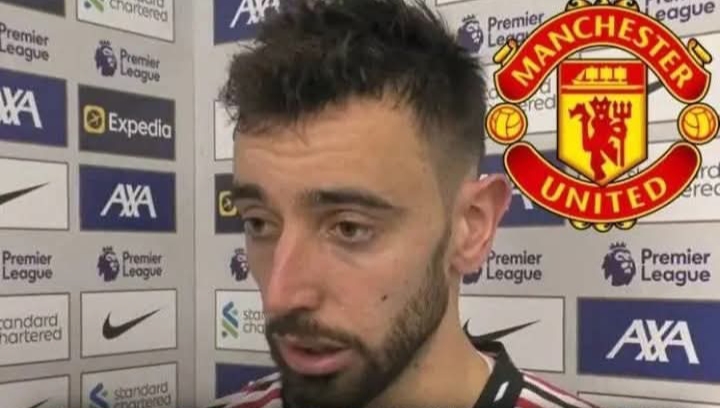
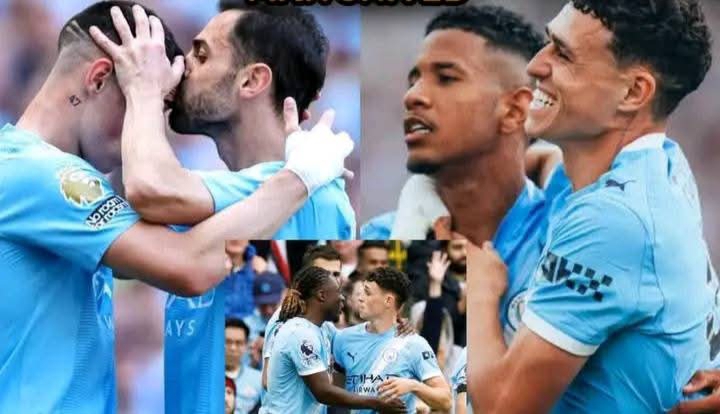
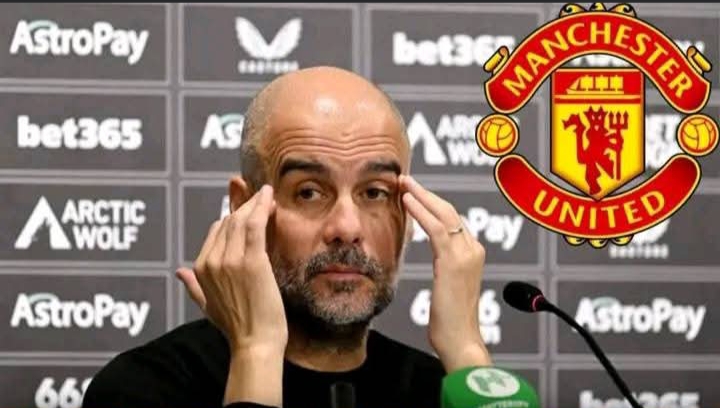
Leave a Reply